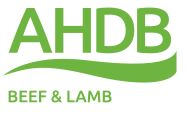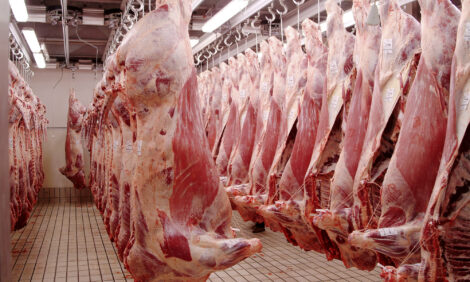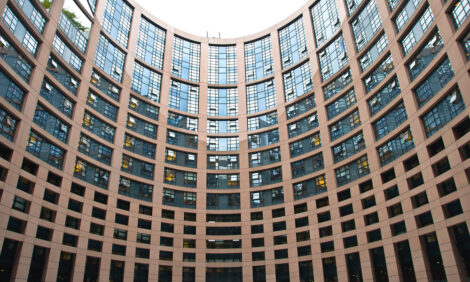



Red Meat Production Pays Price of Extreme Weather
UK - The extreme weather of 2018 has made its mark on pork, beef and lamb production, according to AHDB’s latest "Red Meat Outlooks".For pork, in 2019 production is expected to rise to 957,000 tonnes but supplies could remain relatively stable, thanks to declining imports and exports growth.
Physical performance has been challenged in 2018. High disease rates early in the year later limited slaughter, while infertility during the hot weather will impact early 2019. Nonetheless, with some growth in the sow herd and a general background of improving sow performance, clean pig slaughterings are still likely to rise again next year – although potentially at a slightly slower rate than in 2018.
Carcase weights are expected to remain at or below year-earlier levels until next summer, with high feed costs suppressing a generally rising trend. As a result, production growth will be slightly behind slaughtering levels early next year.
For beef, a combination of challenging conditions and strong demand saw cow slaughterings increase by more than 30,000 head, which could see the breeding herd decline by as much as two per cent in 2019. Slaughterings in the early part of the year could match early 2018 levels if producers experience more bad weather and forage shortages but are expected to return to more typical levels at 610,000 for 2019 as a whole.
Prime cattle slaughter is on track to finish at 1.98 million head, with supplies on the ground holding steady or even slightly increasing for the start of 2019. But the second half is likely to see supplies limited by a shortage of 2018 spring-born cattle.
For 2019 as a whole, prime cattle slaughterings are forecast to be similar to or slightly lower than 2018 numbers.
Given this, UK beef production in 2019 is expected to decline slightly on 2018 levels to just under 900,000 tonnes.
For lamb, coming into 2018, the UK breeding flock is believed to have increased slightly on year-earlier levels. But severe weather in early 2018 made lambing challenging for many and warm dry conditions later meant finishing was problematic, due to a lack of quality forage.
The overall the size of the lamb crop for 2018 is estimated to have declined by around one million head to approximately 17 million. Due to high on-farm mortality in the spring, the size of the breeding flock this December is also forecast to fall. The size of the lamb crop in 2019 is expected to be similar to this year, despite the decline in the number of breeding ewes, as lamb rear rates ought to recover slightly.
More old-season lambs were held over into 2018 than in 2017, largely due to the 2017 crop being the highest for many years. With the 2018 crop forecast to be so much smaller than previous crops, fewer lambs are forecast to be held over into the first quarter of 2019. Overall, slaughterings in 2018 are forecast to be significantly down compared with 2017 and then stabilise in 2019. Seasonality of supply in 2019 is forecast to return to a more typical pattern.
Rebecca Oborne, AHDB Analyst said: "The key influence on production both this year and next year has been the weather.
"Feed prices are likely to have been higher for many farmers this year and forage supplies going into winter believed to be below typical levels.
"Reports also indicate that there is a lack of available winter grass and feed crops. With this in mind, feed costs are likely to continue to be high over the coming months, with per head cost above last year’s levels."
You can view AHDB’s latest Red Meat Outlooks report on cattle by clicking here.



